MARKET OVERVIEW
The global carpet tiles market and sector will be characterized by its own special positioning in the wider flooring industry, providing a special alternative to conventional roll-based carpets and hard surface solutions. Carpet tiles, typically referred to as modular flooring units, will also provide an equilibrium between functionality, flexibility, and aesthetics. As opposed to normal carpets, which may pose difficulties in installation and maintenance, this part of the flooring business will be distinguished by making it simpler to handle, replace, and tailor. The business won't just be about interior design; instead, it will become a structural option that will determine how commercial, residential, and institutional buildings are designed and utilized. The market will be grounded in the growing need for flexibility in areas where style, durability, and maintenance must cooperate.
Carpet tile will be perceived not as an alternative to the traditional carpet, but as a separate category that will respond to diverse architectural needs. The market will be at an intersection between design beauty and functional flooring solutions, providing an environment where innovation will intersect with everyday usage. The real meaning of the global carpet tiles market will go far beyond simply selling carpet in modular pieces; it will represent a philosophy of flooring that will value efficiency, long-term functionality, and design flexibility. One of the most characteristic features of this market will be its capacity to keep pace with contemporary architectural thought. As urban areas continue to spread out, building planning will increasingly rely on materials that will quickly respond to new configurations, changing fads, and upkeep requirements.
Carpet tiles will be a utilitarian solution, providing modularity which will be able to accommodate such change without causing major disruption. This flexibility will keep the market in a state where it will attract architects, designers, and property developers who are seeking answers that will make construction schedules easier while presenting attractive visual results. Just as important will be how the global carpet tiles market will form its identity on sustainability and waste minimization. Because tiles can be replaced one at a time instead of replacing a whole floor covering, the market will automatically be in sync with future initiatives to minimize waste of materials. This structural benefit will enable the market to establish itself not only by its product features but also by its long-term sustainability and operating worth.
The definition of the market will also be in how it can go beyond conventional flooring limits. It will not just be for commercial office use but more and more find application in hospitality, healthcare, education, and even homes where design tastes will require an equal balance of style and durability. Such a broad application will make the industry stand out from other flooring markets that can either tilt sharply toward functionality or looks without an equal balance. In conclusion, the global carpet tiles market will be best described as a developing category in the flooring business that will reflect modularity, design flexibility, and functional toughness. Its future description will not be limited to a product designation but will broaden into an overall flooring philosophy that will shape the manner in which spaces in the entire globe will be built, changed, and reinvented.
Global carpet tiles market is estimated to reach $21,944.39 Million by 2032; growing at a CAGR of 6.4% from 2025 to 2032.
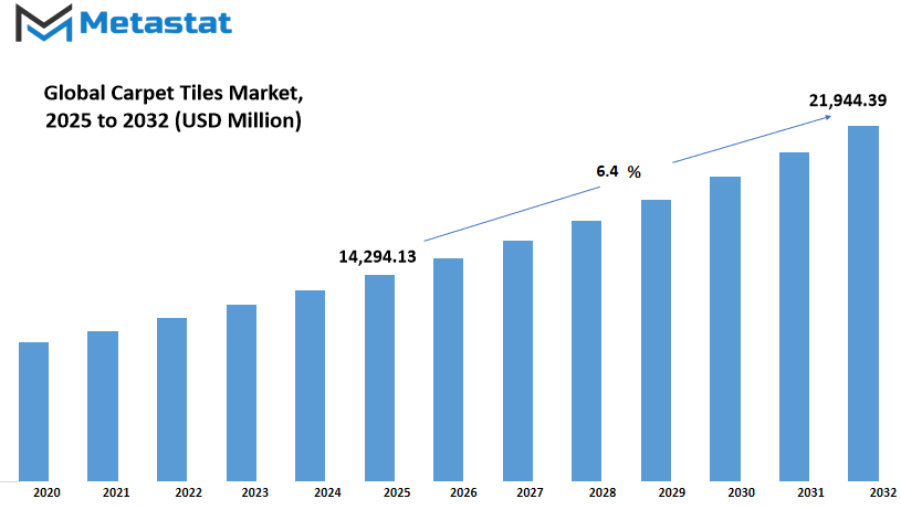
GROWTH FACTORS
The global carpet tiles market will witness consistent growth as the demand for contemporary flooring solutions keeps growing. A key driver for this movement is the increasing demand for quick-to-install and design-friendly flooring in commercial establishments. Offices, shopping centers, and schools are increasingly searching for flooring solutions that conserve installation time while also offering design freedom. Carpet tiles provide this benefit, as they can be arranged in different patterns and replaced separately when damaged, lowering maintenance expenses. This usability has turned them into a viable option for organizations looking for both functionality and aesthetics in their interior spaces. Meanwhile, the residential market is also taking an active role in driving this growth.
Renovation and refurbishment works are on the rise globally, as residents seek to enhance their homes. Carpet tiles offer an affordable way for individuals who desire to have a new look without the stress of laying a whole floor. Their potential to combine visual attractiveness with functionality makes them highly appealing to families in need of contemporary yet value-for-money flooring solutions. With urbanization going on and housing complexes increasing, residential usage demand is bound to give a boost to the global carpet tiles market. In spite of these positives, there are certain issues with the market as well that might restrict its growth. Against usual broadloom carpets, carpet tiles have relatively less durability in heavily trafficked locations.
This renders them less appropriate for areas like airports, big malls, or other highly trafficked areas. Furthermore, problems such as edge curling or peel-off after some time can befall their long-term usage. These issues will deter some buyers who value durability over flexibility. Companies will have to target innovations enhancing strength and stability in a bid to fix these shortfalls. In the future, prospects in the global carpet tiles market are likely to come from the increased focus on sustainability. As environmental consciousness increases, consumers are increasingly interested in green and recycled products. Carpet tiles that use green fibers or can be recycled will gain popularity, particularly among industries and families looking to cut their carbon footprint.
Businesses that are able to reconcile durability with environmental stewardship will establish a competitive advantage in the future. In summary, though issues like longevity and durability persist, the general future for the global carpet tiles market is bright. The combination of customization, convenience, and increasing demand for sustainable products will guarantee carpet tiles continue to be an important option for commercial and residential flooring requirements in the future.
MARKET SEGMENTATION
By Type
The global carpet tiles market is expected to see steady growth as design trends and practical flooring solutions continue to shape the choices of businesses and households. Carpet tiles have become a preferred option because they are easier to install, replace, and maintain when compared to traditional broadloom carpets. As more people look for flooring that combines both style and function, the demand for carpet tiles will keep expanding. The market today is not just about flooring but about creating spaces that feel modern, sustainable, and adaptable to changing needs.
Looking ahead, innovation will play a major role in how this market develops. One area of focus is the variety of shapes available. By type, the global carpet tiles market is further segmented into square and rectangle options. Square tiles have been the traditional choice, offering symmetry and flexibility for patterned layouts. However, rectangular tiles are now gaining attention because they provide a sleek, contemporary appearance and allow designers to create unique layouts that mimic the look of wood or stone flooring. As technology advances, these types will likely see more customization in terms of texture, color, and durability.
Sustainability is another factor driving future demand. With growing awareness about the environment, manufacturers are expected to focus more on recyclable materials and eco-friendly production processes. This approach not only reduces waste but also appeals to buyers who are more conscious about their choices. In the coming years, the use of recycled fibers and low-emission adhesives in carpet tiles will become more common, ensuring the market aligns with global sustainability goals.
Digital design tools will also influence growth. Customers will have the ability to preview how square or rectangular tiles look in a virtual room before making a purchase. This will make the buying process more interactive and tailored, giving consumers greater confidence in their decisions. Businesses and commercial spaces will especially benefit from this, as they often require large-scale flooring solutions that must balance function with visual appeal.
Overall, the global carpet tiles market will continue to evolve with a focus on adaptability, design innovation, and environmental responsibility. Square and rectangle types will remain central to this growth, offering versatile solutions that match both traditional preferences and modern design needs. With these advancements, carpet tiles will not only meet the expectations of today’s buyers but also set new standards for the flooring industry of the future.
By Distribution Channel
The global carpet tiles market is gaining attention as more people and businesses are looking for flooring that is not only stylish but also practical. Carpet tiles offer an easy way to design interiors with flexibility, as they can be laid out in different patterns and replaced individually if damaged. This feature makes them more convenient compared to traditional broadloom carpets. As technology moves forward, the future of carpet tiles will be shaped by sustainability, digital design, and smart distribution strategies.
The global carpet tiles market is divided into retail store and online sales. Retail stores have been the traditional method for people to choose flooring because they can see and feel the product before making a decision. In the future, retail stores will remain important, but they will not be limited to physical presence. Many stores will integrate virtual tools where customers can use augmented reality to visualize how carpet tiles would look in their own rooms. This approach will give buyers more confidence before purchasing, blending the personal touch of in-store shopping with the convenience of technology.
On the other hand, online distribution is expected to grow rapidly. E-commerce platforms are becoming a key part of the global carpet tiles market because they provide quick access to a wide range of products. Online channels allow customers to compare prices, read reviews, and make choices without leaving their homes. As logistics improve, faster delivery and easier return policies will encourage more people to choose this method. In the future, online stores will likely include interactive design studios where customers can customize carpet tile colors, textures, and layouts before ordering, making the process more engaging.
Looking ahead, both retail and online channels will play important roles, but they will not work separately. The market will shift toward an integrated model, where customers might explore products online and then complete purchases in stores, or do the reverse. This combination of experiences will provide greater flexibility for buyers and create a stronger connection between brands and customers.
The global carpet tiles market will continue to expand as new materials, eco-friendly solutions, and advanced distribution methods are introduced. Retail stores will evolve to include more digital tools, while online platforms will become more interactive and customer-focused. Together, these changes will shape a future where buying carpet tiles is not only about flooring but also about personalization, convenience, and sustainability.
By Application
The global carpet tiles market is shaping the way floor coverings are seen and used across different settings. Carpet tiles have become popular because they are easy to install, flexible in design, and cost effective. Unlike traditional broadloom carpets, they can be replaced one tile at a time, which makes them practical for both small spaces and large projects. This benefit is one of the reasons they are increasingly chosen in modern construction and renovation projects. Looking ahead, the demand for carpet tiles is set to grow as more people and businesses look for flooring that is durable, stylish, and easy to maintain.
The global carpet tiles market is divided into residential, commercial, and others. In residential spaces, carpet tiles bring a modern touch while still giving the comfort people expect from carpet. They will continue to appeal to homeowners who want both warmth and a way to personalize their living areas. The option to mix colors and patterns allows for unique designs, something that will become more important as people focus on creating homes that reflect their own style.
In the commercial sector, carpet tiles are already a strong choice for offices, retail spaces, hotels, and educational institutions. They offer a balance of appearance and performance that works well in high traffic areas. The future will likely see even stronger adoption in commercial buildings as companies seek flooring solutions that are sustainable and cost efficient. The growing importance of eco-friendly products will also encourage more businesses to choose carpet tiles made from recycled or low-impact materials.
The “others” category, which includes spaces such as healthcare facilities, community centers, and recreational venues, will also see wider use. These places need flooring that is safe, easy to clean, and adaptable to different needs. Carpet tiles meet these requirements while still adding comfort, which makes them a strong option for the future.
Technology will play a role in shaping the global carpet tiles market. Advancements in manufacturing will lead to tiles that are stronger, more resistant to wear, and easier to maintain. Digital printing will expand design choices, allowing more creativity in how floors are decorated. Smart materials that resist stains and improve air quality may also enter the market, creating flooring that is both functional and healthier for indoor spaces. As innovation continues, carpet tiles will not just be seen as a practical option but also as an essential part of modern and sustainable interior design.
|
Forecast Period |
2025-2032 |
|
Market Size in 2025 |
$14,294.13 million |
|
Market Size by 2032 |
$21,944.39 Million |
|
Growth Rate from 2025 to 2032 |
6.4% |
|
Base Year |
2024 |
|
Regions Covered |
North America, Europe, Asia-Pacific Green, South America, Middle East & Africa |
REGIONAL ANALYSIS
The global carpet tiles market is expected to see steady growth as demand continues to expand across different regions of the world. The use of carpet tiles has become more popular because of their durability, easy installation, and modern design options. They are increasingly being chosen not only for offices and commercial spaces but also for homes, where people value comfort and style. As cities grow and infrastructure projects rise, the demand for flooring solutions that are both practical and visually appealing will continue to shape the market in the coming years.
Geography plays a key role in how the global carpet tiles market develops. North America has long been an important region, with the United States, Canada, and Mexico showing strong adoption due to high standards in building projects and renovation work. Europe is another significant contributor, with the UK, Germany, France, and Italy leading in design-focused flooring trends, while the rest of Europe steadily follows. In Asia-Pacific, countries like India, China, Japan, and South Korea are driving rapid growth, supported by expanding urban centers and a rise in middle-class households. The rest of Asia-Pacific also adds to the growing demand, especially as construction activities increase in developing nations.
South America shows promise with Brazil and Argentina at the forefront, supported by improving economic conditions and investment in infrastructure. The rest of the region is gradually adopting modern flooring methods, which will encourage more use of carpet tiles. Meanwhile, in the Middle East & Africa, the market is shaped by large-scale development projects and urban expansion. GCC countries, Egypt, and South Africa are key markets, while the rest of the region is expected to progress at a steady pace.
Looking to the future, innovation will continue to define how the global carpet tiles market moves forward. Manufacturers are focusing on sustainable materials, recyclable products, and designs that meet both aesthetic and environmental needs. With smart building concepts and eco-friendly construction gaining attention worldwide, carpet tiles will remain an attractive choice for architects and homeowners alike. The rise of digital tools for designing interiors will also support the use of modular flooring options.
Overall, the market is on a path of growth driven by regional strengths, changing lifestyles, and the need for sustainable solutions. As each region develops at its own pace, the coming years will likely bring even more opportunities for expansion and innovation in the global carpet tiles market.
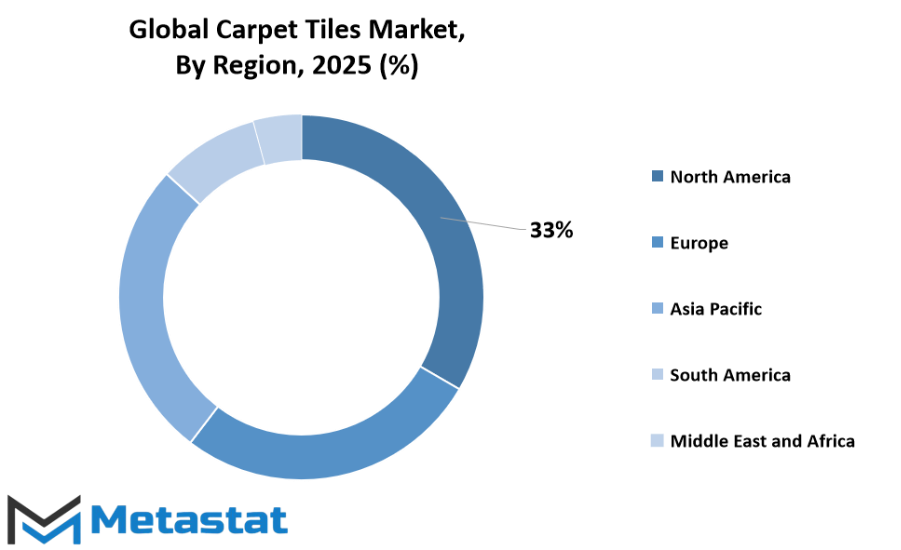
COMPETITIVE PLAYERS
The global carpet tiles market has been steadily growing as both residential and commercial spaces look for flooring solutions that are practical, stylish, and sustainable. Carpet tiles are becoming a preferred choice because they are easy to install, maintain, and replace compared to traditional carpets. As the focus on flexible and eco-friendly materials increases, this market will continue to expand and reshape how interiors are designed and managed in the future. Businesses and households alike will demand flooring options that are not only durable but also reflect modern design trends.
One of the reasons for this growth is the shift toward more sustainable building materials. Carpet tiles can be produced with recycled fibers and are often designed with longer lifespans, reducing waste over time. In large offices and commercial buildings, damaged sections can be replaced individually, which saves costs and reduces environmental impact. With industries paying more attention to green building standards, companies in this market will be encouraged to innovate further and invest in cleaner manufacturing processes.
Technology will also play a key role in shaping the future of the global carpet tiles market. From advanced dyeing techniques that create custom patterns to smart flooring options that may integrate sensors, the industry is moving toward designs that balance function with creativity. As automation and digital tools improve production efficiency, the cost of carpet tiles will likely decrease, making them accessible to wider customer bases. This change will also allow for greater personalization, where clients can request unique designs tailored to their spaces without major cost increases.
The competitive landscape is defined by several established players who are constantly working on new collections and sustainable solutions. Key players operating in the Carpet Tiles industry include Abbey Carpet & Floor, ANISA CARPETS, Bentley Mills Inc., Burmatex Ltd., FLOR, Forbo Flooring Systems, Interface Inc., Japan Carpet Co. Ltd, Knotsindia, Mohawk Industries, Paragon Carpet Tiles & Mat. Works, Shaw Industries Group Inc., Suminoe Co., Ltd., Tarkett, Voxflor, Wuxi Diamond Carpet Manufacturing Co., Ltd, and EO Technology Co. Ltd. Their continuous innovation, from eco-conscious materials to versatile designs, ensures strong competition and faster adoption of modern flooring worldwide.
Looking ahead, the global carpet tiles market will likely see strong demand from both developed and emerging economies. Urbanization, changing lifestyle patterns, and the need for practical flooring solutions will fuel this demand. With sustainability and design flexibility at its core, this market is well positioned to adapt to future consumer needs and technological changes, ensuring its relevance for years to come.
Carpet Tiles Market Key Segments:
By Type
- Square
- Rectangle
By Distribution Channel
- Retail Store
- Online
By Application
- Residential
- Commercial
- Others
Key Global Carpet Tiles Industry Players
- Abbey Carpet & Floor
- ANISA CARPETS
- Bentley Mills Inc.
- Burmatex Ltd.
- FLOR
- Forbo Flooring Systems
- Interface Inc.
- Japan Carpet Co. Ltd
- Knotsindia
- Mohawk Industries
- Paragon Carpet Tiles & Mat. Works
- Shaw Industries Group Inc.
- Suminoe Co., Ltd.
- Tarkett
- Voxflor
- Wuxi Diamond Carpet Manufacturing Co.,Ltd
- EO Technology Co. Ltd
WHAT REPORT PROVIDES
- Full in-depth analysis of the parent Industry
- Important changes in market and its dynamics
- Segmentation details of the market
- Former, on-going, and projected market analysis in terms of volume and value
- Assessment of niche industry developments
- Market share analysis
- Key strategies of major players
- Emerging segments and regional growth potential



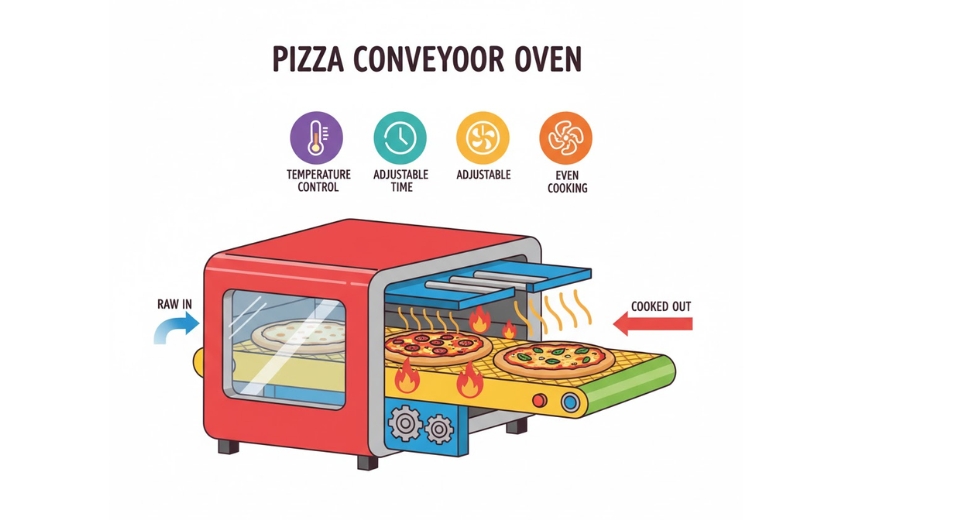
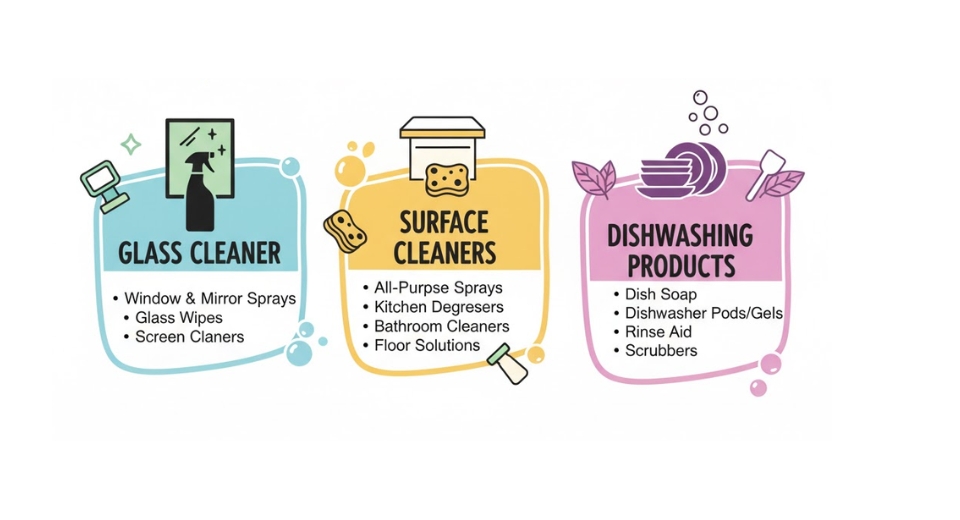
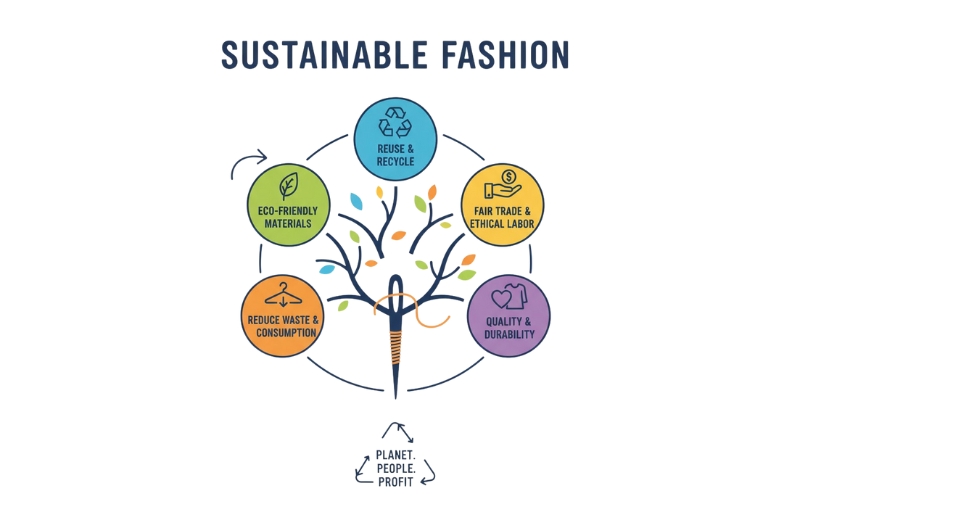
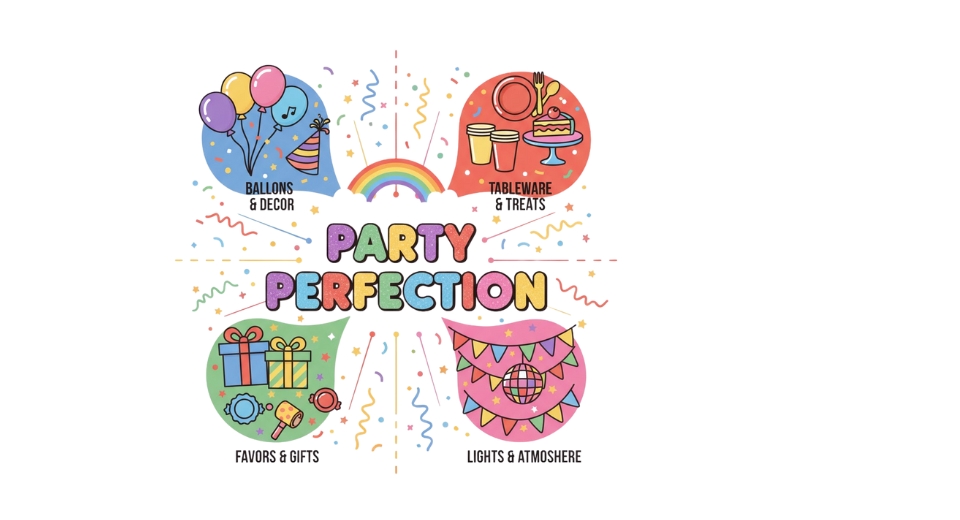

 US: +1 3023308252
US: +1 3023308252






